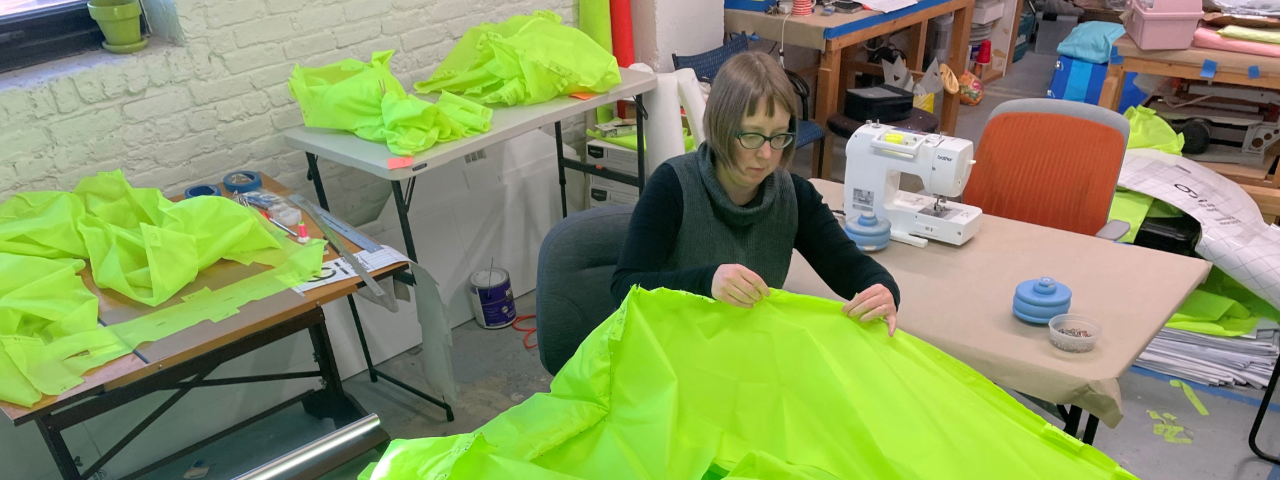Body
A recent “Breaking Barriers” segment on FOX 32 Chicago showcased an assistive technology “gamechanger” currently in development at Shirley Ryan AbilityLab — the autonomous, self-driving wheelchair.
The segment featured Brenna Argall, PhD, a scientist at Shirley Ryan AbilityLab whose research focuses on incorporating robotic autonomy and intelligence into assistive devices.
Dr. Argall’s autonomous wheelchair combines sensors and technology so that it can safely navigate obstacles in collaboration with its user.
In the FOX 32 segment, Dr. Argall calls this innovation a “huge step for power wheelchairs.”
“For people who already have power wheelchairs, it can make their driving experience both easier and safer,” she said. “It can offload some of the burden of operating the wheelchair, where the wheelchair’s now making little corrections for you.”
Three million people in the U.S. use wheelchairs today. Yet, every year an estimated 100,000 visits to the emergency room result from wheelchair accidents.
Dr. Argall believes the autonomous wheelchair, which is still being tested through research, will have significant implications for overall wheelchair safety once it becomes commercially available. She is optimistic insurance will cover the cost as doctors recognize the self-driving wheelchair as a medical necessity.
“Our dream is that actually it would just be a standard part of being fit for a power wheelchair,” said Dr. Argall in the segment. “I think you’ll see insurance companies taking it on more and more as they see it is actually preventing accidents and that it’s making people safer.”
“It provides a lot of peace of mind, and I think that peace of mind translates over into greater independence, that people can be more confident and more able to be out on their own,” she added.
As part of the FOX 32 segment, Shirley Ryan AbilityLab patient and research participant Michele L. test drove the autonomous wheelchair for the first time. Michele has used a power wheelchair for mobility for the last 20 years, following a spinal cord injury sustained from a car accident.
“There’s so much technology that can be leveraged for folks in wheelchairs, and I think it’s about time,” said Michele.


